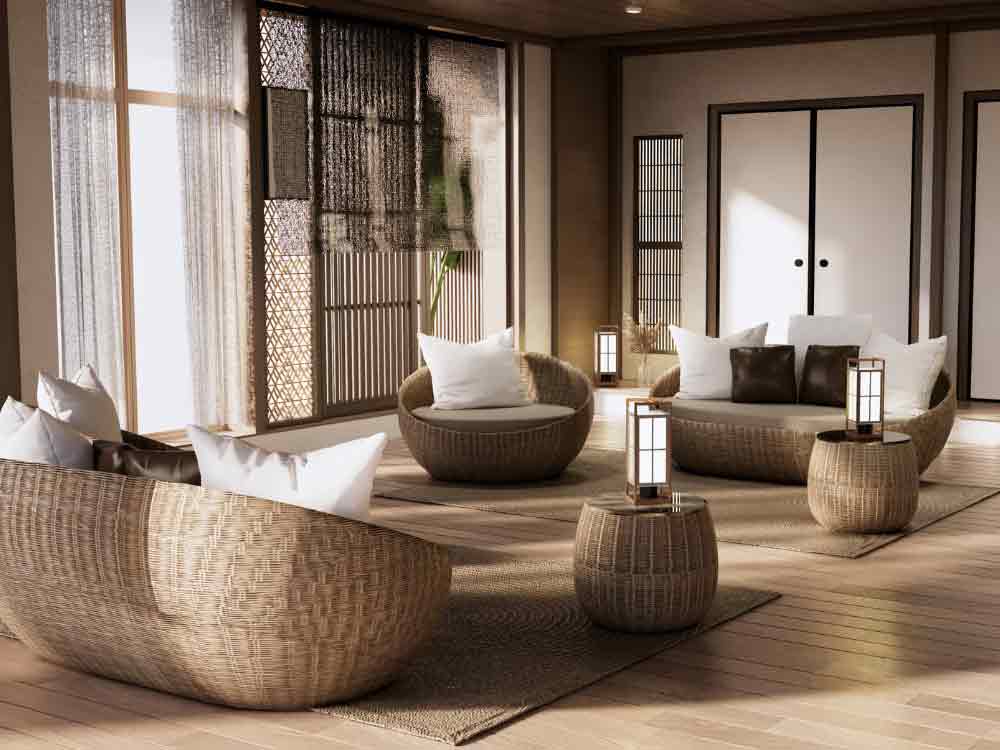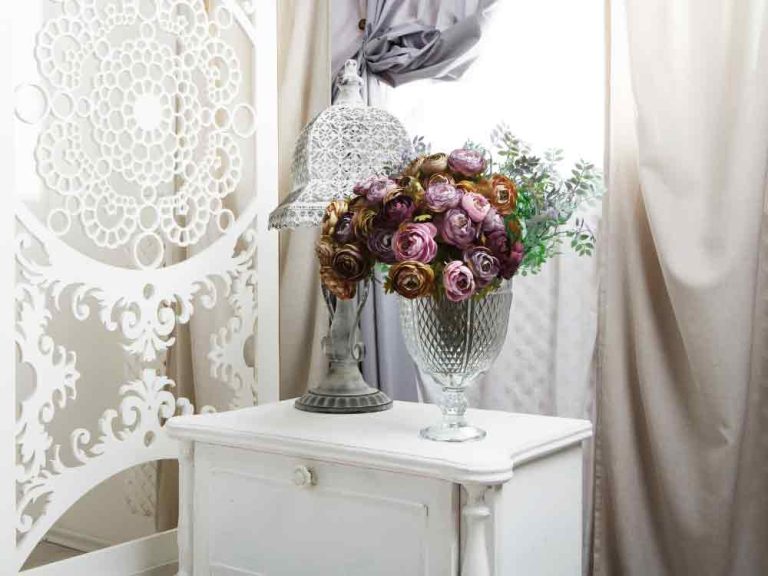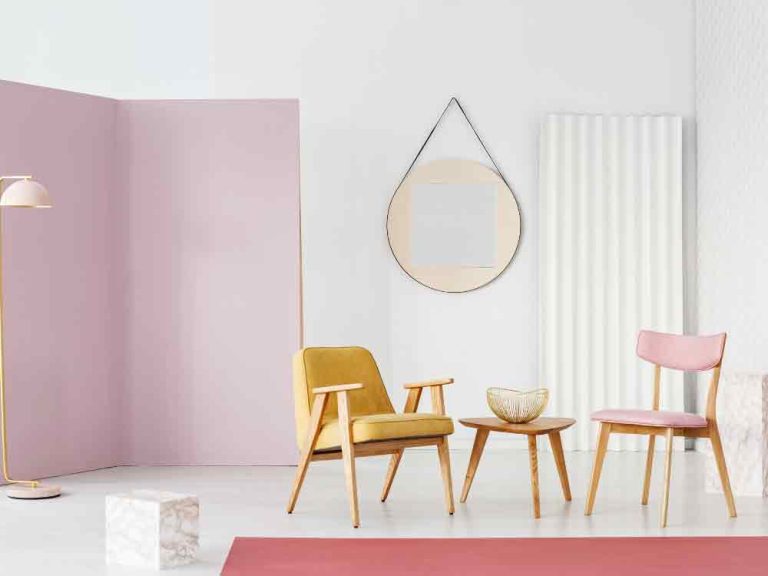20 Japandi Living Room Design Ideas for a Cozy, Minimalist Space

The Japandi design style—a beautiful blend of Japanese and Scandinavian aesthetics—is transforming living spaces around the world. Combining the minimalist beauty of Japanese interiors with the warm coziness of Scandinavian design, Japandi offers a perfect harmony of simplicity, functionality, and comfort. For those who value clean, clutter-free spaces with a welcoming vibe, a Japandi living room can be an ideal choice. Here are 20 inspiring Japandi living room design ideas that will help you create a serene, stylish retreat right in your own home.
What is Japandi Design?
Japandi is the artful fusion of two distinct yet complementary design styles: Japanese minimalism and Scandinavian hygge. While Japanese design emphasizes simplicity, natural materials, and clean lines, Scandinavian design focuses on coziness and warmth. Together, they create an aesthetic that feels both serene and inviting, ideal for the heart of the home—the living room. Japandi emphasizes open spaces, a muted color palette, and a selection of furniture and decor that are both beautiful and functional.
Key Elements of a Japandi Living Room
Creating a Japandi living room starts with a focus on a few essential elements:
- Natural materials: Wood, stone, and organic fabrics create a grounded, calming environment.
- Neutral colors: Shades of beige, gray, and soft earth tones help maintain a tranquil atmosphere.
- Functional furniture: Clean lines, low profiles, and pieces that serve multiple purposes are key.
With these core elements in mind, here are 20 design ideas that will help you bring Japandi style into your living room.
1. Minimalist Sofa with Neutral Tones
A sofa in neutral shades, like beige, gray, or taupe, is perfect for Japandi style. Choose one with clean lines and a low profile to maintain the minimalist feel. This way, the sofa blends seamlessly into the space rather than overwhelming it, creating a calm, centered atmosphere.
2. Low Coffee Tables with Natural Materials
In a Japandi living room, a low-profile coffee table made from natural materials, such as wood or stone, adds a touch of organic texture without cluttering the space. Opt for simple shapes that keep the focus on function and form.
3. Sliding Shoji Screens for Subtle Division
Shoji screens are a classic Japanese element that can serve as subtle room dividers while maintaining openness. These paper-paneled screens provide privacy when needed and can be moved to open up the space, adding flexibility and beauty to your Japandi living room.
4. Soft Lighting with Paper Lanterns and Floor Lamps
Lighting is crucial in setting a warm, welcoming mood in a Japandi space. Consider using Japanese paper lanterns or minimalist floor lamps with soft, warm lighting. This approach creates a cozy ambiance that feels both relaxing and harmonious.
5. Incorporate Natural Textures with Jute Rugs and Cotton Throws
Bring in cozy, natural textures with a jute rug or cotton throw. These materials add subtle warmth and interest to your Japandi living room without overpowering its minimalist style. Layering natural textures creates depth and comfort.
6. Create Visual Balance with Symmetrical Layouts
Symmetry in furniture placement and decor arrangements can create a balanced, peaceful space. Arrange sofas, tables, and other key pieces in a way that feels even and harmonious to help establish a sense of order.
7. Declutter with Built-In Storage Solutions
Japandi is all about clean, uncluttered spaces, so built-in storage is a must. Cabinets and shelves that blend into the walls are ideal, allowing you to hide away clutter and maintain a streamlined look.
8. Integrate Indoor Plants for a Fresh, Natural Look
Indoor plants bring a touch of nature indoors, adding both visual appeal and health benefits. Choose plants that fit the Japandi aesthetic, such as bonsai trees, succulents, or other low-maintenance greens.
9. Use Earth-Tone Accents to Add Warmth
While Japandi design leans toward neutral tones, subtle earth-tone accents—like terracotta, muted greens, or soft browns—can add a gentle warmth. These colors maintain the serene look while adding a cozy touch.
10. Hang Minimalist Art or Japanese Calligraphy
Wall art in a Japandi living room should be minimal and meaningful. Consider Japanese calligraphy, black-and-white sketches, or nature-inspired art in simple frames. The goal is to enhance the space without overwhelming it.
11. Choose Low-Profile, Open Shelving
Open shelving is a functional yet stylish addition to a Japandi living room. Use it to display a few carefully chosen decor items, such as a ceramic vase, a plant, or some favorite books. Keep the shelves uncluttered to preserve the minimalist vibe.
12. Add a Tatami Mat for Japanese Flair
Tatami mats are traditional Japanese floor mats made from rice straw, perfect for adding an authentic Japanese element to your living room. They can be used as a meditation space or a cozy corner for sitting.
13. Focus on Minimal Window Treatments
Japandi design prefers minimalism, even in window treatments. Light linen curtains or bamboo blinds are ideal as they provide privacy without blocking natural light, enhancing the airy feel of the space.
14. Incorporate Rustic Wooden Furniture
Rustic wood adds character and warmth to Japandi design without breaking its minimalist style. Look for lightly finished, raw wood pieces, like a side table or bench, to bring an earthy, organic feel to your living room.
15. Keep Walls Clean with Subtle Texture
Walls in a Japandi living room should be simple and clean. Consider adding a subtle texture with matte paint or plaster finishes to create a soft, organic look that complements the natural materials in the room.
16. Use Zen-Inspired Decor Accents
Decor items in a Japandi space should be minimal yet meaningful. Zen-inspired accents, like small stone statues or Japanese tea sets, can add personality without overwhelming the room.
17. Prioritize Open Floor Space
A sense of open space is crucial in Japandi design. By limiting the number of large furniture pieces and maintaining open walkways, you create a spacious and airy feel. This openness contributes to the overall sense of calm and balance.
18. Layer Different Textures for Depth
Though Japandi is minimal, layering different textures can add visual interest. Consider blending smooth wood, woven rugs, and ceramic pieces. Just ensure the textures harmonize for a cohesive look that doesn’t feel cluttered.
19. Opt for Sustainable, Eco-Friendly Decor
Japandi values sustainability, so choose eco-friendly materials and furniture where possible. Look for sustainably sourced wood, bamboo, and natural fabrics that add both beauty and responsibility to your living room.
20. Add a Touch of Scandinavian Hygge with Cozy Throws
While Japandi design is minimalist, it can still be cozy. A soft wool or cotton throw on the sofa brings warmth and hygge (Scandinavian coziness) into the space. Aim for neutral colors that blend with the palette.
Tips for Maintaining a Japandi Living Room
Keeping a Japandi living room fresh and inviting requires mindful upkeep:
- Regular Decluttering: A tidy space is essential to maintaining the minimalist look.
- Natural Light: Keep windows unobstructed as much as possible, letting natural light fill the space.
- Seasonal Touches: Refresh your living room by adding or rotating decor items based on the season.
Conclusion
A Japandi living room is more than just a style—it’s a sanctuary of calm, functionality, and natural beauty. By embracing its key elements, from neutral tones to organic textures, you can create a space that’s both visually soothing and deeply comforting. Whether you’re just starting out or refining your design, these Japandi living room ideas can guide you in crafting a minimalist retreat that feels uniquely you. Enjoy the balance, peace, and timeless elegance that only Japandi can bring into your home






